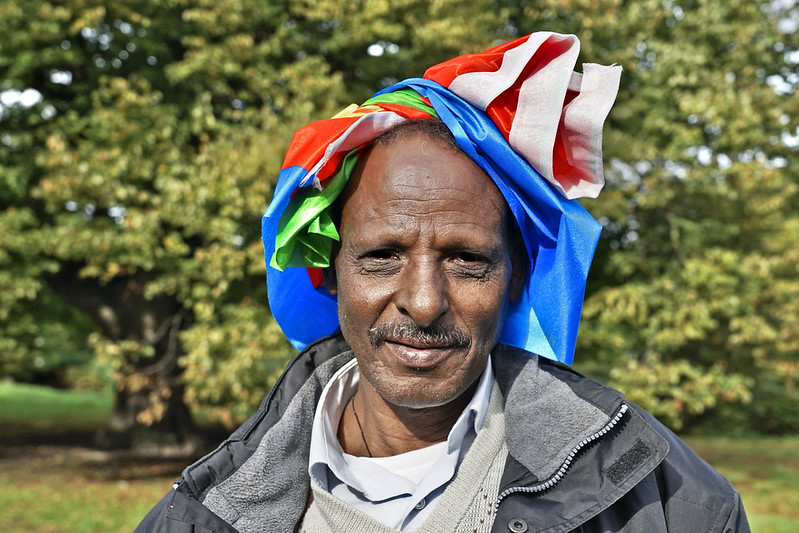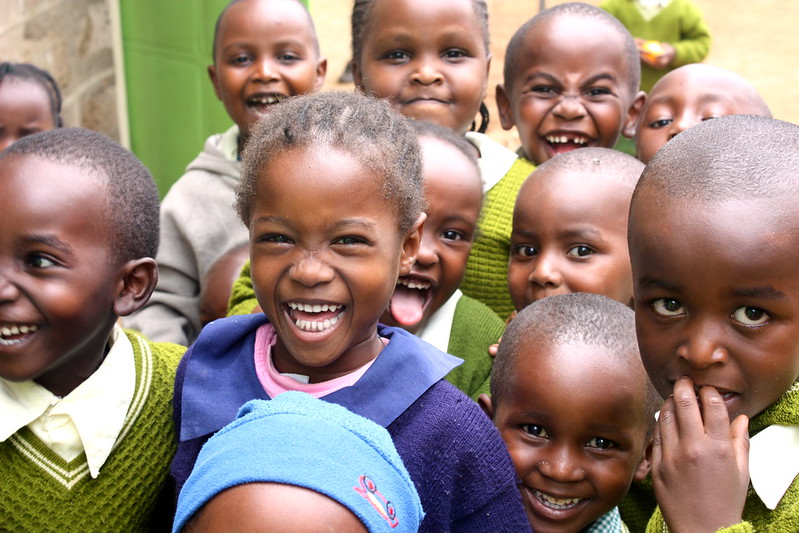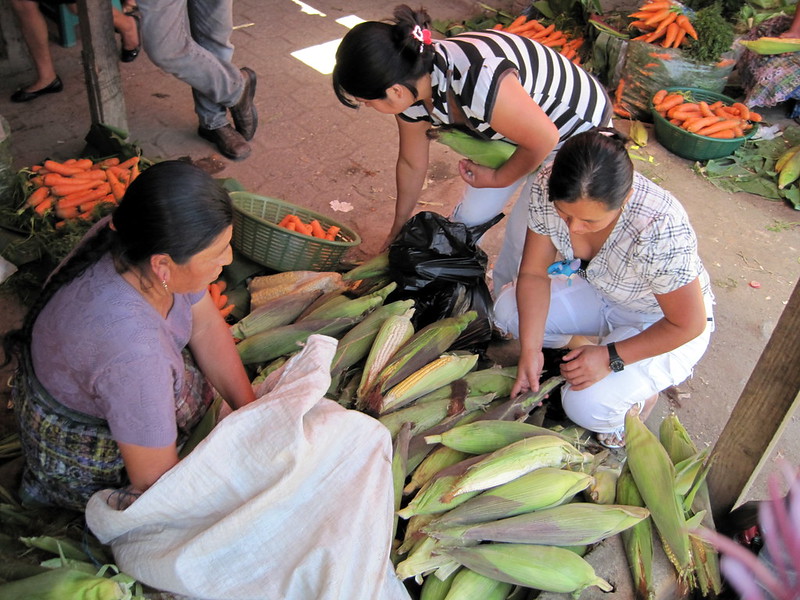 With nearly half of the population unable to afford basic foods, malnutrition in Guatemala remains a critical barrier to achieving Sustainable Development Goal 2: Zero Hunger. This global target aims to eliminate all forms of malnutrition by 2030, yet progress in the country has been slow. However, support from local organizations and international aid efforts offers a path forward.
With nearly half of the population unable to afford basic foods, malnutrition in Guatemala remains a critical barrier to achieving Sustainable Development Goal 2: Zero Hunger. This global target aims to eliminate all forms of malnutrition by 2030, yet progress in the country has been slow. However, support from local organizations and international aid efforts offers a path forward.
The Current Situation of Hunger in Guatemala
Since 1960, Guatemala has struggled with high levels of food insecurity. At that time, 60% of children under 5 suffered from stunting. By 2023, that figure dropped to 46.5%, an improvement of just 0.21 percentage points per year over six decades. This slow progress reflects deep-rooted challenges. Malnutrition severely limits brain development in children, reducing educational outcomes and increasing vulnerability to illness. According to Seeds for a Future, malnourished parents often pass on these disadvantages to their children, reinforcing the cycle of poverty across generations.
More than 2.9 million Guatemalans face crisis or emergency levels of food insecurity. Migrant flows also strain resources, with 223,000 people passing through the country between January and September 2024. Many of these individuals require food assistance, emergency nutrition and protection during their transit. Without swift humanitarian support, vulnerable populations face rising health risks. Aid groups urge donors to fund safe transit points and deliver nutritional support to prevent widespread health consequences.
Understanding the Root Causes
Systemic poverty continues to drive hunger in Guatemala. Environmental shocks, especially in the Dry Corridor, worsen the crisis. Many families rely on agriculture to survive, but droughts and erratic weather often destroy crops and slash incomes. As food prices rise and yields drop, households face greater difficulty feeding their children. In October 2024 alone, the Food Security and Nutrition Secretariat recorded 25,000 cases of acute malnutrition among children under 5.
Short-term food distributions can save lives but rarely lead to lasting change. Many programs unintentionally create dependency by failing to build skills or resilience. Long-term strategies that focus on education, sustainable farming and economic empowerment provide communities with the tools to escape malnutrition permanently.
Organizations Supporting Guatemala
- Seeds for a Future. Seeds for a Future is an organization that supplies rural families and communities with the training and essential resources to grow sustainable crops and understand nutritional health requirements for mothers and infants. Since 2009, the Seeds program has been addressing the issue of malnutrition in Guatemala with a 12-month program, mentoring families for their individual needs at a low cost. Currently, the organization has helped 5,400 families in 19 communities with its easily replicable food security and health training program. The program continues to implement its training strategies and hopes to expand to even more communities.
- World Food Programme (WFP). The WFP has operated in Guatemala since 1974. Working closely with government ministries and United Nations (U.N.) agencies, the program assists with food security and nutrition for the country’s most vulnerable individuals and families. To achieve the Sustainable Development Goal (SDG 2), the WFP is strengthening social programs to minimize food insecurity and malnutrition in Guatemala. Workshops and nutrition-sensitive interventions were put in place to detect and better the conditions of malnutrition, especially for children and pregnant women. Considering the struggles that families go through after climate shocks, the program also works to enhance resilience and provide access to affordable markets.
Looking Ahead
In 2025, humanitarian agencies plan to scale up operations in 60 of Guatemala’s 81 most food-insecure municipalities, including Alta Verapaz and Huehuetenango. These regions experience the highest rates of crop failure and child malnutrition and are in desperate need of food security interventions. Despite the high number of malnutrition cases in Guatemala, efforts are being implemented to improve the community’s resilience and health stability. The most vulnerable are receiving the necessary resources and support with the hopes of eliminating all forms of food insecurity by 2030.
– Sarina Francis
Sarina is based in Tallahassee, FL, USA and focuses on Global Health for The Borgen Project.
Photo: Flickr
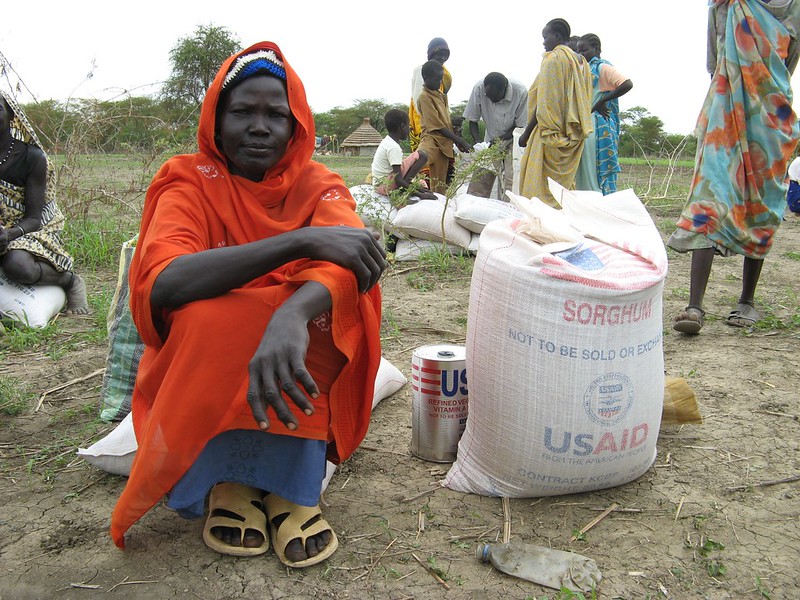 Since January 2025,
Since January 2025, 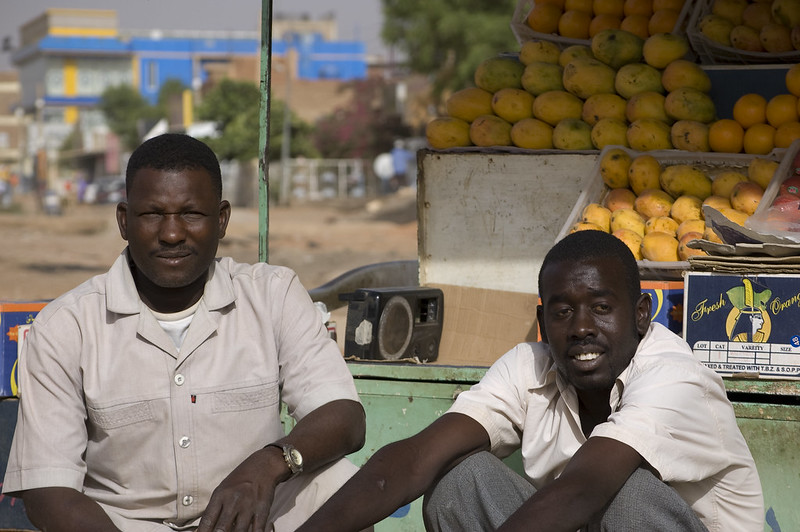
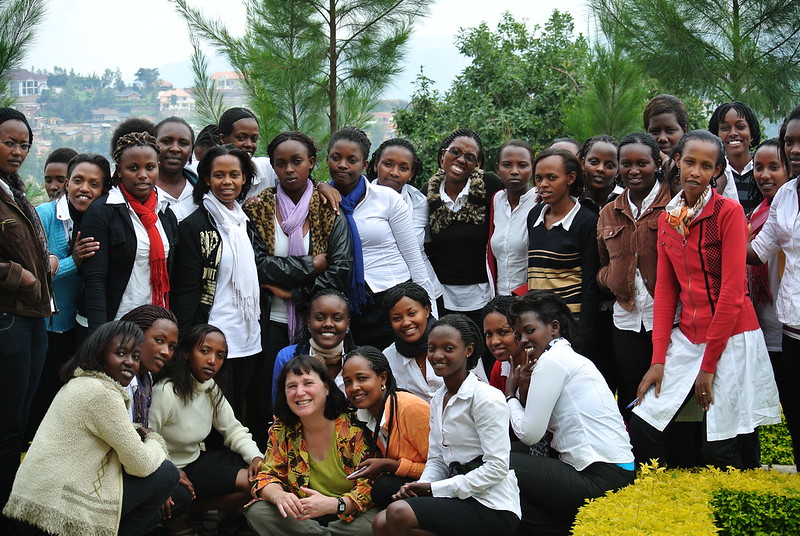 More than
More than  Currently, more than
Currently, more than  In regions like
In regions like 